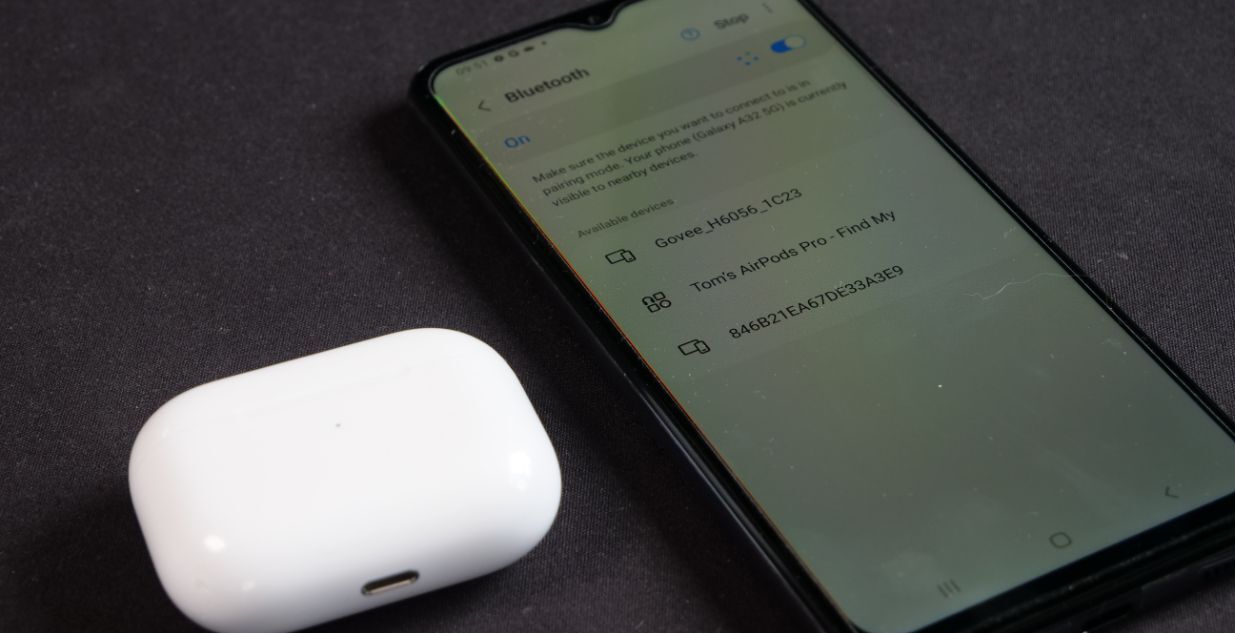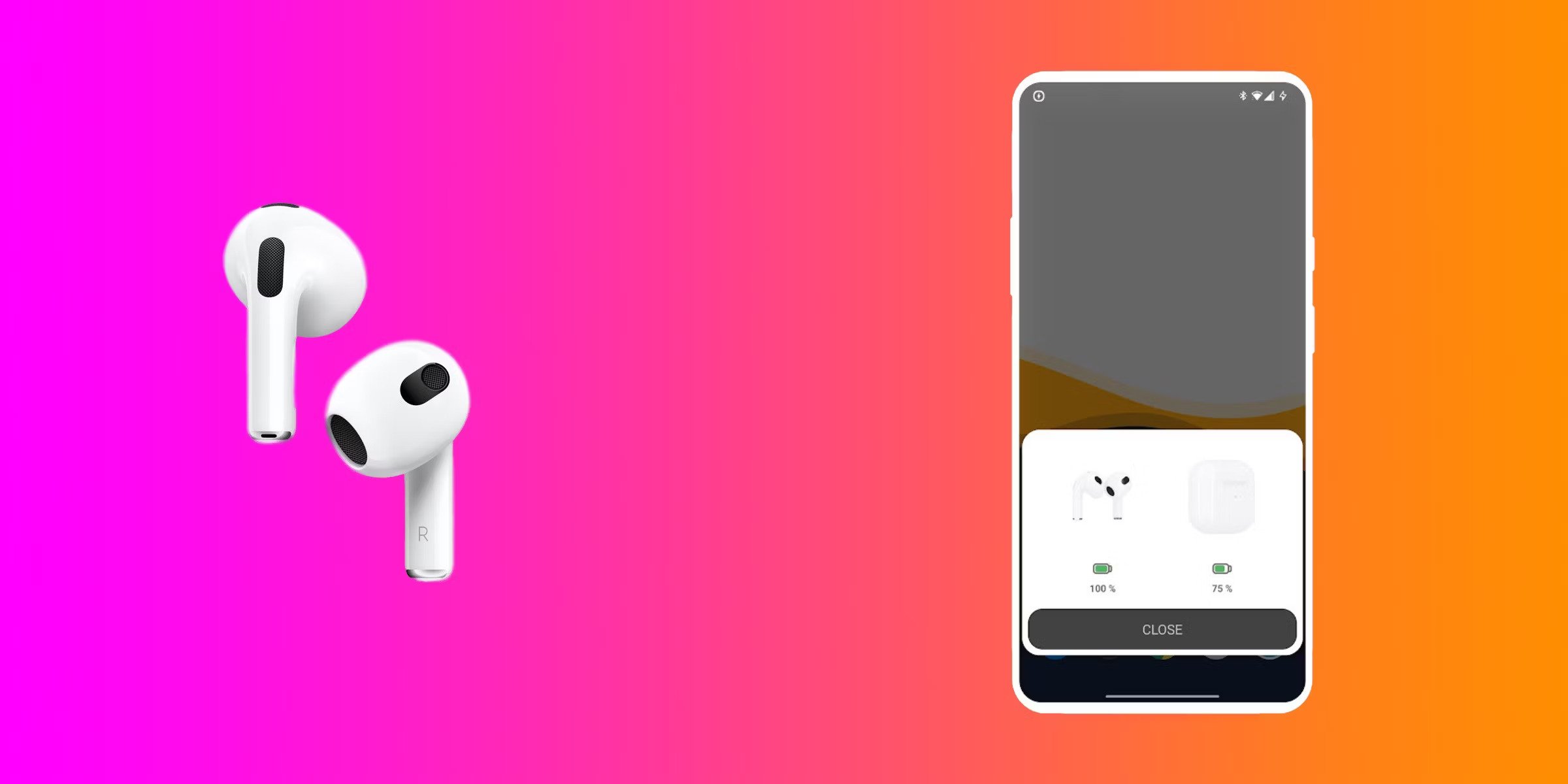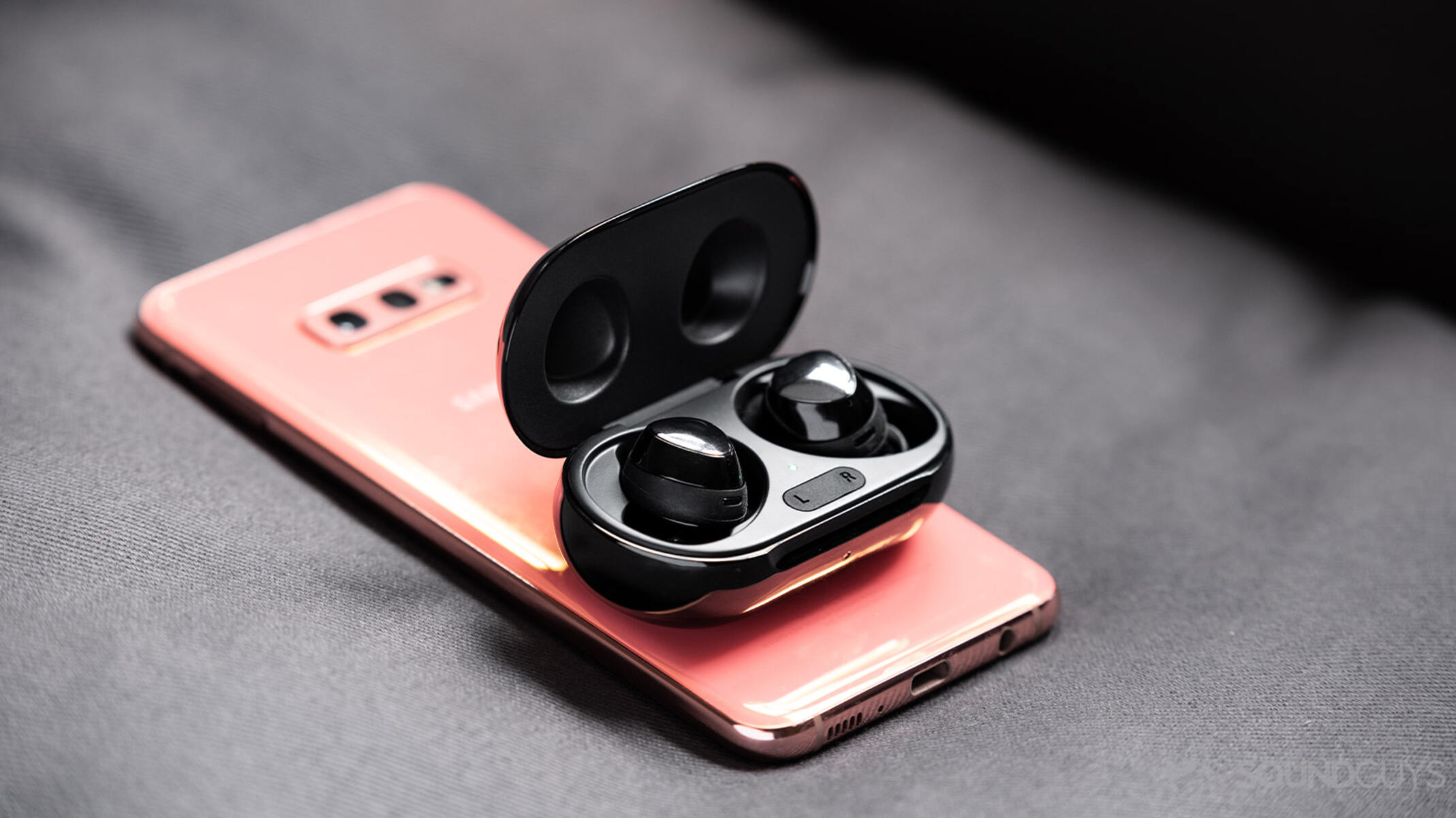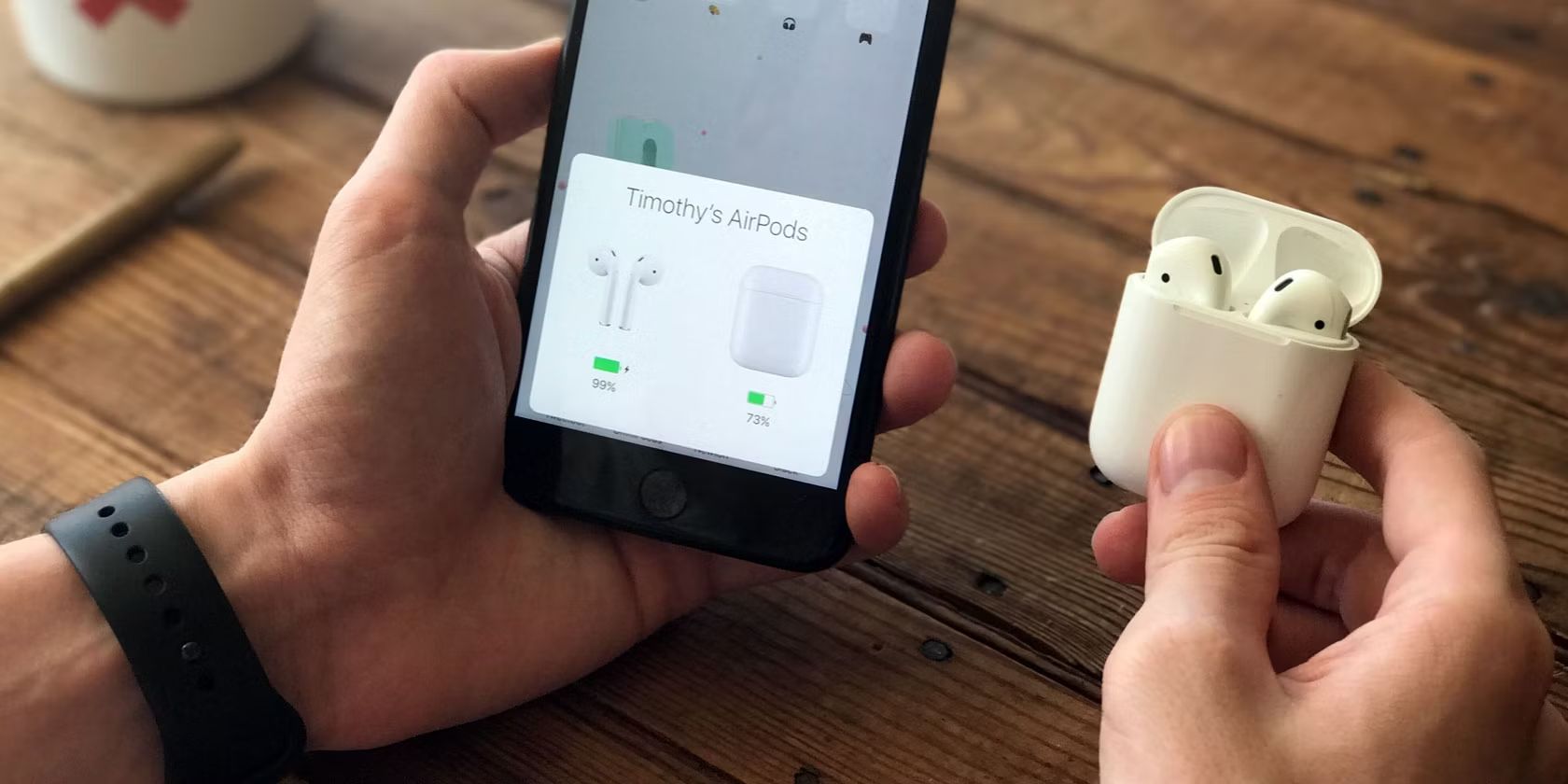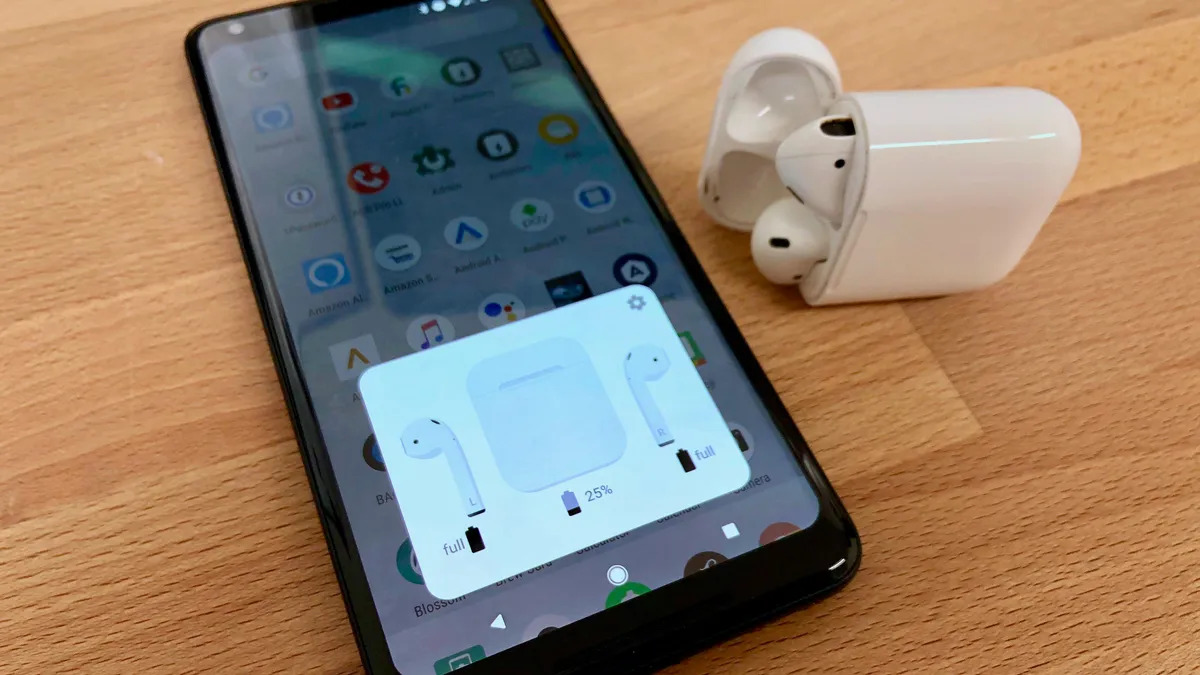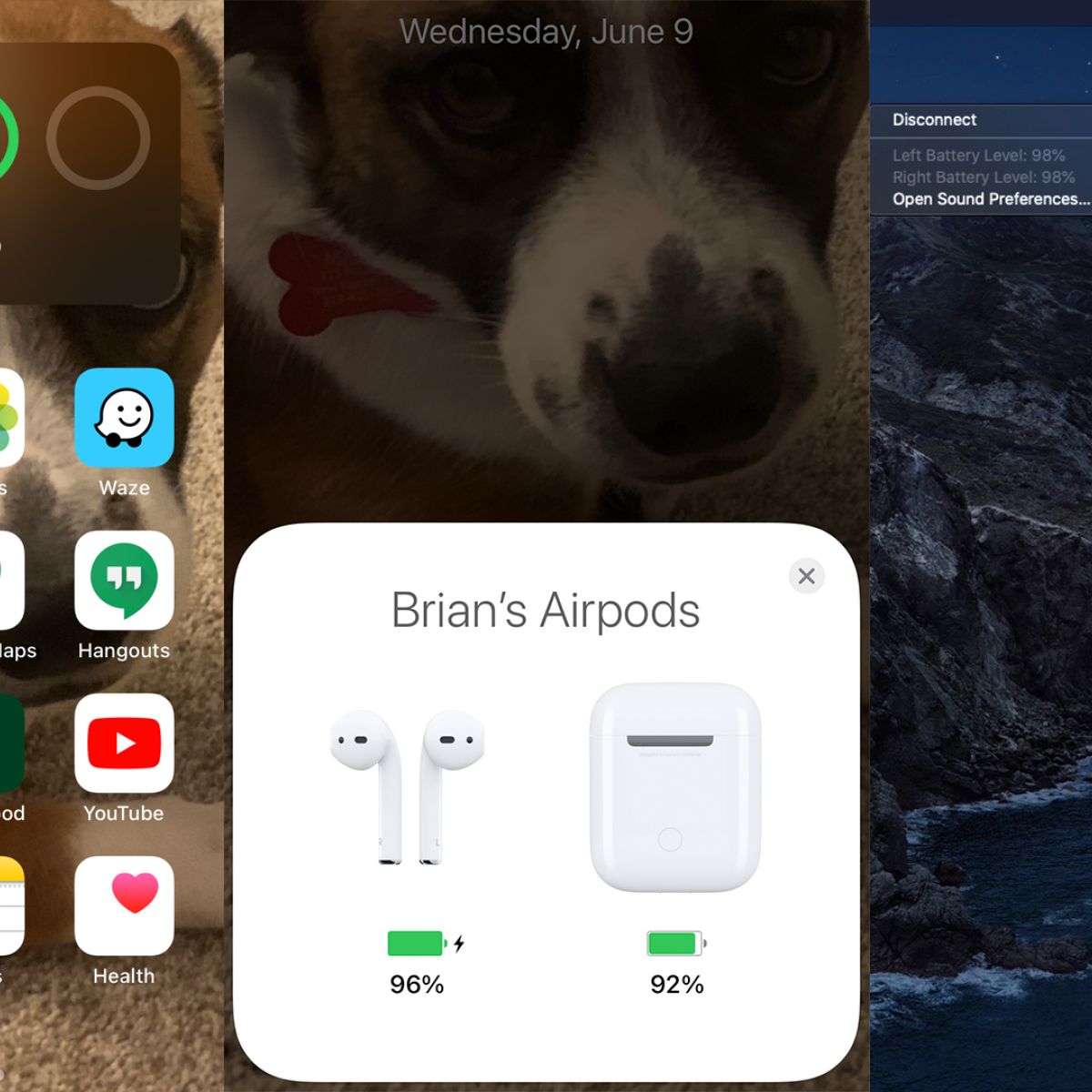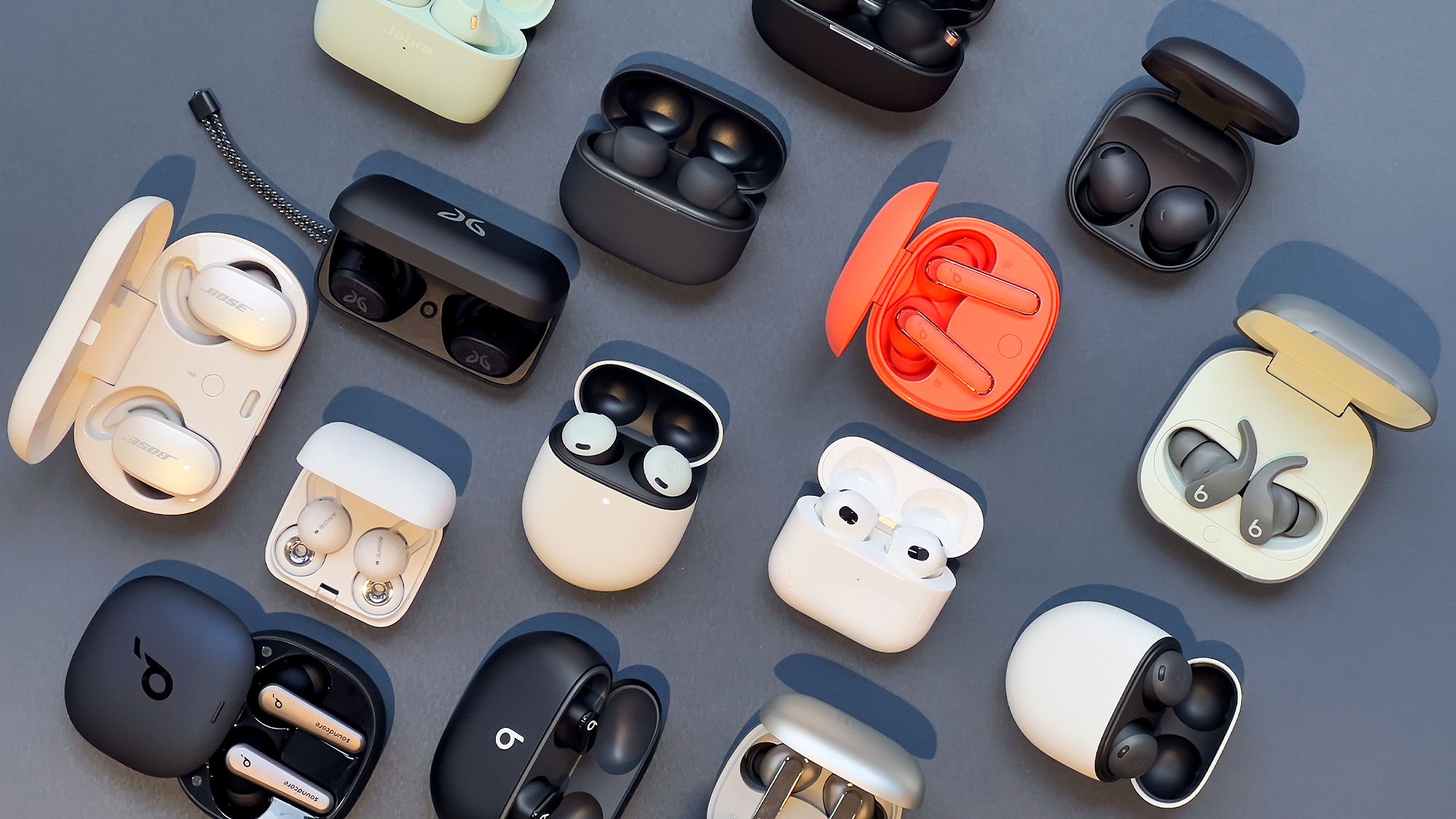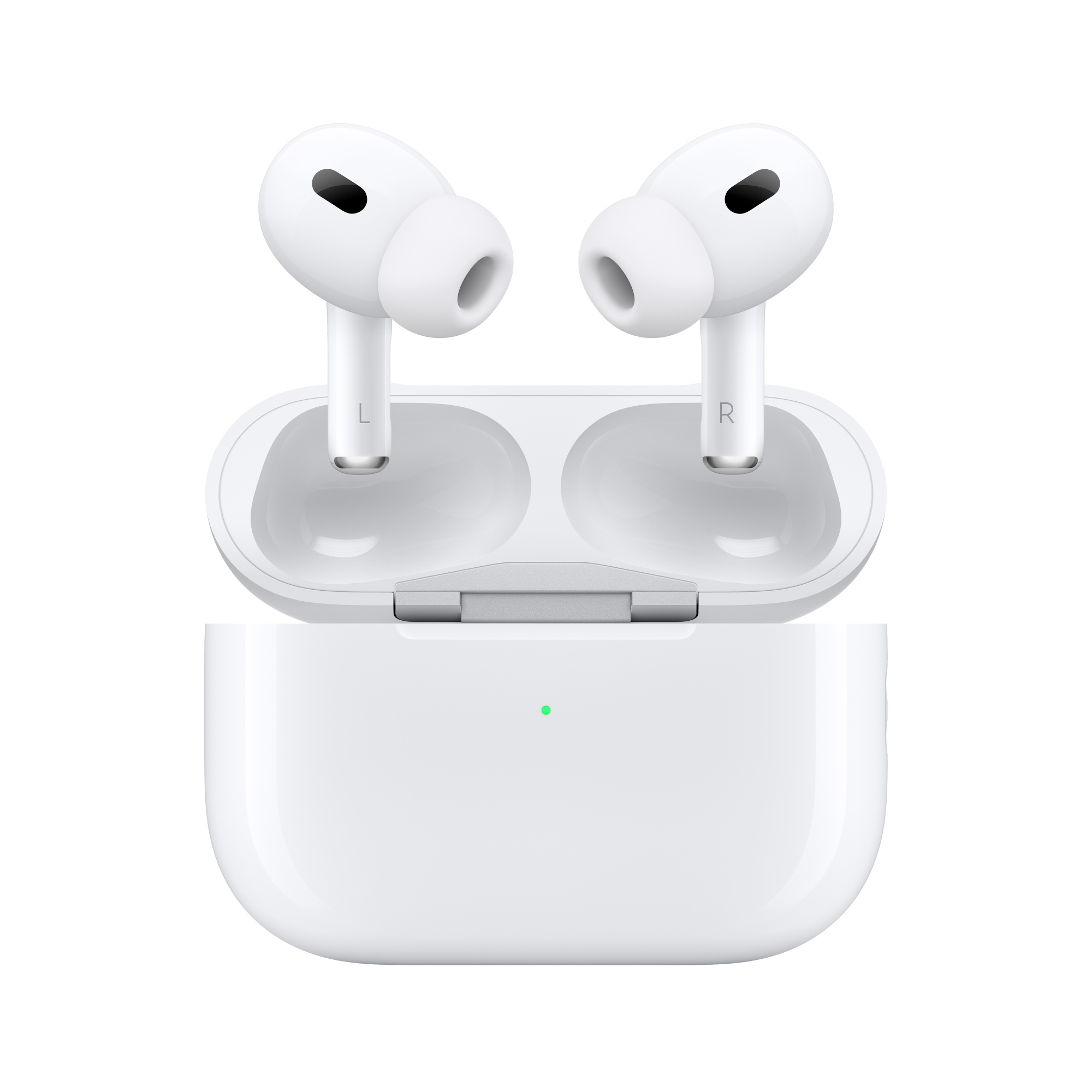Introduction
Finding your AirPods on an Android device may seem like a daunting task, given that AirPods were specifically designed for use with Apple devices. However, with the advancements in technology, it is now possible to connect and use AirPods with Android smartphones and tablets. Whether you’ve recently switched from an iPhone to an Android device or simply want to use your AirPods with multiple devices, this guide will walk you through the process of finding your AirPods on an Android device.
AirPods are wireless earbuds that offer a seamless listening experience. They connect to your device via Bluetooth, allowing you to enjoy your favorite music, podcasts, and calls without the hassle of tangled wires. While Apple devices have a dedicated “Find My” feature to locate lost AirPods, Android devices do not have the same built-in functionality. However, there are alternative methods and third-party apps that can help you locate your AirPods when you misplace them.
In this guide, we’ll explore how AirPods work with Android devices and the basic requirements to connect them. We’ll also walk you through the steps of connecting AirPods to an Android device. Additionally, we’ll discuss how to use the “Find My AirPods” feature on Android and what to do if you can’t find your AirPods. So, if you’re ready to utilize your AirPods to their fullest potential on your Android device, let’s get started.
How Do AirPods Work with Android?
AirPods, despite being primarily designed for Apple devices, can still be used with Android smartphones and tablets. The Bluetooth technology used in AirPods allows them to connect wirelessly to any device that supports Bluetooth connectivity, including Android devices.
When you pair your AirPods with an Android device, you can enjoy all the basic functionalities they offer. You can listen to music, make calls, and access voice assistant features just like you would on an Apple device. The sound quality is impressive, thanks to the advanced audio technologies incorporated into AirPods.
However, it should be noted that some features that are specific to Apple devices may not be available when using AirPods with Android. For example, the seamless switching between devices and the ability to use Siri voice commands are limited to Apple devices only. Nevertheless, the core features of AirPods, such as play/pause control, volume adjustment, and microphone functionality, work seamlessly with Android devices.
One important point to consider is that while automatic ear detection, which pauses audio playback when you remove an AirPod from your ear, works on iOS devices, it may not function on Android. Some third-party apps can provide similar functionality, but it is not built-in by default.
Another aspect to be aware of is firmware updates. Firmware updates for AirPods are typically released through iOS devices, and Android users may need access to an iOS device to update their AirPods to the latest firmware version. However, firmware updates are not as frequent as software updates for the Android operating system, so this should not be a major concern for most users.
In summary, while AirPods are primarily designed for use with Apple devices, they can still be used with Android devices. The core functionalities of AirPods, including audio playback, call capabilities, and microphone functionality, work seamlessly on Android. Although some features exclusive to Apple devices may be limited or not available, overall, AirPods provide a great listening experience on Android devices as well.
Basic Requirements for Using AirPods with Android
In order to use AirPods with your Android device, there are a few basic requirements that need to be met:
1. Bluetooth Connectivity: AirPods rely on Bluetooth technology to connect to your Android device. Ensure that your Android device has Bluetooth capabilities and it is turned on.
2. Android Version: AirPods can be used with Android devices running on various Android versions. However, it is recommended to have Android 5.0 or later for optimal compatibility.
3. Latest Firmware Update: Make sure your AirPods have the latest firmware update installed. While firmware updates for AirPods are typically released through Apple devices, you may need access to an iOS device or a computer with iTunes to update your AirPods.
4. Proper Fit: AirPods are designed to fit comfortably in most ears; however, individual preferences may vary. It’s important to find the right fit to ensure secure and comfortable use.
5. AirPods Case: The AirPods come with a charging case. Ensure that the case is fully charged before using the AirPods with your Android device. The case provides convenience for charging the AirPods on-the-go.
6. Compatible Android Device: While AirPods can work with a variety of Android devices, it’s important to check the compatibility of your specific Android device with AirPods. Most Android smartphones and tablets are compatible with AirPods, but it’s always a good idea to check the manufacturer’s website or consult your device’s user manual to verify compatibility.
By ensuring that these basic requirements are met, you can enjoy the convenience and versatility of using AirPods with your Android device. Remember to keep your AirPods and Android device charged to enjoy uninterrupted usage.
Connecting AirPods to an Android Device
Connecting your AirPods to an Android device is a straightforward process. Follow the steps below to pair your AirPods with your Android device:
1. Open the Settings menu on your Android device. You can usually find this in the app drawer or by swiping down from the top of the screen and tapping on the gear icon.
2. In the Settings menu, locate the “Bluetooth” option and tap on it. This will open the Bluetooth settings on your device.
3. Make sure the Bluetooth option is turned on. If it is already enabled, you can proceed to the next step. If not, toggle the switch to enable Bluetooth.
4. Open the lid of your AirPods case. The AirPods should enter pairing mode automatically. If they don’t, press and hold the small button on the back of the AirPods case until the LED light on the front starts blinking.
5. In the Bluetooth settings on your Android device, you should see a list of available devices. Look for your AirPods in the list and tap on them to initiate the pairing process.
6. Follow any additional on-screen prompts to complete the pairing process. This may include confirming a numeric code that appears on both your Android device and the AirPods case.
7. Once the pairing is successful, you should see a notification or indication on your Android device that your AirPods are connected. You can now start using your AirPods with your Android device for listening to music, making calls, and more.
Note that if you’re using your AirPods with multiple devices, you may need to manually switch the connection to your Android device. You can do this by accessing the Bluetooth settings on your Android device and selecting your AirPods from the list of connected devices.
By following these steps, you can easily connect your AirPods to your Android device and enjoy a wireless and seamless audio experience.
Using the Find My AirPods Feature on Android
While Android devices do not have a built-in “Find My AirPods” feature like Apple devices, there are third-party apps available that offer similar functionality. These apps can help you locate your lost AirPods by using Bluetooth signals and proximity tracking. Here’s how you can use one of these apps to find your AirPods on Android:
1. Install a Third-Party App: Start by searching for and installing a reliable “Find My AirPods” app from the Google Play Store. Some popular options include “Find My Bluetooth Device” and “Bluetooth Finder.” These apps are designed specifically to help you locate lost Bluetooth devices, including AirPods.
2. Launch the App: Once the app is installed, open it on your Android device. Make sure Bluetooth is enabled on your device for the app to function properly.
3. Scan for AirPods: In the app, look for an option to scan for Bluetooth devices. Start the scan and wait for the app to detect your AirPods. This may take a few seconds.
4. View Location: Once your AirPods are detected, the app will display their approximate location on a map or provide a signal strength indicator. Use this information to narrow down the whereabouts of your AirPods.
5. Follow the Indicators: The app may provide additional features to help you locate your AirPods, such as playing a sound on the AirPods to locate them audibly. Follow the app’s instructions to use these features effectively.
6. Retrieve Your AirPods: Based on the information provided by the app, use your judgment to locate and retrieve your AirPods. The app should guide you towards the general vicinity of your AirPods. Keep in mind that the accuracy of these apps may vary, so be sure to check the signal strength indicator for the most reliable results.
Remember, the effectiveness of these third-party apps is dependent on various factors, including the Bluetooth range and the signal strength between your Android device and the AirPods. It’s also a good practice to keep your AirPods charged so that they can be detected more easily.
By using a reliable “Find My AirPods” app on your Android device, you can increase the chances of locating your misplaced AirPods with ease.
What to Do If You Can’t Find Your AirPods
Losing your AirPods can be a stressful experience, but there are a few steps you can take if you can’t find them:
1. Check Last Known Location: If you have a rough idea of where you might have misplaced your AirPods, retrace your steps and thoroughly search that area. Check pockets, bags, and other places where you typically keep your AirPods.
2. Use the “Find My AirPods” App: If you have installed a “Find My AirPods” app on your Android device, use it to locate your AirPods. Follow the instructions provided in the app to track down the approximate location of your AirPods.
3. Play a Sound: If the app you are using has a “Play Sound” feature, use it to emit a sound from your AirPods. This can help you find them if they are nearby. Keep in mind that the sound may not be loud enough to hear if your AirPods are far away or in a noisy environment.
4. Check the AirPods Case: Sometimes, you may forget that you placed your AirPods back inside the charging case. Double-check the case to see if your AirPods are safely stored inside.
5. Contact Apple Support: If you have tried all the above steps and still cannot locate your AirPods, it may be worth reaching out to Apple Support for further assistance. They can provide guidance and additional options to help you recover or replace your AirPods.
6. Consider Locking or Disabling AirPods: If you believe your AirPods are lost or stolen, you can also consider remotely locking or disabling them to prevent unauthorized use. Check the app or service you are using for any security features that can help protect your AirPods and personal information.
7. Replace Your AirPods: If all else fails and you are unable to find your AirPods, you may need to consider purchasing a replacement set. Apple offers the option to buy individual AirPods or a new set with a charging case.
Remember, it’s essential to keep track of your AirPods and take precautionary measures to avoid losing them in the first place. Consider using a tracking device or keeping your AirPods in a dedicated case or pouch to minimize the risk of misplacing them.
While losing AirPods can be frustrating, taking the necessary steps listed above can help increase your chances of finding them or taking appropriate action to recover or replace them.
Conclusion
Using AirPods with an Android device is now more accessible than ever before. Despite being designed for Apple devices, AirPods can be paired and used with Android smartphones and tablets to enjoy a wireless audio experience. By following the steps outlined in this guide, you can easily connect your AirPods to your Android device and make the most of their features.
While Android devices lack a built-in “Find My AirPods” feature, there are third-party apps available that offer similar functionality. These apps utilize Bluetooth technology and proximity tracking to help you locate misplaced AirPods. Additionally, taking proper precautions such as keeping your AirPods charged and using tracking devices or dedicated cases can minimize the chances of losing them in the first place.
It’s important to note that while AirPods’ functionality with Android devices may not be as extensive as with Apple devices, the core features such as audio playback, call capabilities, and microphone functionality work seamlessly. Sometimes, certain Apple-exclusive features like automatic ear detection may not be available on Android, but third-party apps may provide similar functionality.
If you are unable to find your AirPods despite your best efforts, contacting Apple Support and considering purchasing replacements are viable options. Remember to explore the warranty and support options available to you when dealing with lost or damaged AirPods.
In summary, with the right settings and apps, connecting and using AirPods with your Android device can enhance your listening experience. Stay mindful of basic requirements, follow the pairing process, and utilize third-party apps to find lost AirPods. By doing so, you can enjoy the convenience and freedom of wireless audio on your Android device while enjoying the exceptional sound quality and functionality that AirPods offer.







